|
Unit: Healthy habits
|
School : L Zholdasov | |||||||||||||
| Date 15 04 2019 | Teacher’s name:
| |||||||||||||
| Class: 7 v | Number of present: 13 Absent: 0 | |||||||||||||
| Lesson title: Healthy/Unhealthy habits | ||||||||||||||
| Learning objectives | 7.R.3 Understand the detail of an argument on a growing range of familiar general and curricular topics, including some extended texts. 7.S7 use appropriate subject-specific vocabulary and syntax to talk about a growing range of general topics, and some curricular topics 7.C1 use speaking and listening skills to solve problems creatively and cooperatively in groups
| |||||||||||||
|
Lesson objectives | All learners will be able to -Make up sentences using should/shouldn’t and pictures related to healthy and unhealthy habits; -Match the meanings of the key words with the pictures Complete the text about lifestyle. Most learners will be able to - Read the text and determine true or false sentences from the text; - Complete the text about lifestyle. Act out the dialogue “Doctor and Patient” - Some learners are able to - Solve situational problems using topical vocabulary. | |||||||||||||
| Assessment criteria | Recognize detail in a given text | |||||||||||||
| Values links | To have healthy lifestyle and keep fit | |||||||||||||
| Cross- curricular links | PE & Biology
| |||||||||||||
| Previous Learning | Name of sports and healthy food | |||||||||||||
| Plan | ||||||||||||||
| Planned things | Planned activities (replace the notes below with your planned activities) What will the pupils learn? How will they learn it? | Resources | ||||||||||||
| Start
7-min | Greeting: Teacher greets the learners; learners respond to greeting of the teacher and take their places.
Group Division: Students are divided into two subgroups using cutting letters from the words doctor and health. First group makes the word Doctor. The second group makes the word Health
Task.1 Warm up. (G) Group members are given a worksheet with illustrations. There is also a slide with pictures and key words on the interactive board. Teacher asks the question: What should/shouldn’t you do to have a healthy lifestyle? The first groups members find and identify healthy habits, the second group members identify unhealthy habits. They may add their own sentences using should/shouldn’t.
Suggested Answer Key: We should get a good night’s sleep. We shouldn’t eat too much junk food and so on. Teacher: What do you think? What is today’s theme? Learners give their own ideas. Teacher introduces pupils with the theme, Lesson objectives and Assessment criteria. AFL : Oral feedback | Student’s book English7 Express Publishing cutting letters a worksheet with illustrations ICT | ||||||||||||
| Middle 5 min 5 min 6min 12-min | I. Task 2. “ Picture Prompt” Activity Vocabulary: Teacher hands out a worksheet with 4 pictures and 3 meanings of words to the key words. Learners match the pictures and meanings of the words with the key words 1 2 3 4 5…. oversleep, to sleep late intentionally 6……. to walk, drive etc behind someone, when you are going in the same direction as them. 7….to turn off (something) by turning or pushing a button or moving a switch, lever, etc. The key words are: alarm goes off / feel sleepy/ snooze for five more minutes /want to sleep in /suffer from stress /switch off your gadgets / follow your dreams Suggested Answer Key: 1- alarm goes off
AFL: “Laminated Paper”
Students are given a worksheet to take notes directly from the text and write their response by using word combinations and sentences. Learners read the text and recall information in the text, do “Clusters” on Healthy and Unhealthy habits. AFL: Gallery- “Best cluster” nomination. W) Task 4. Post-reading task “True or false” activity Learners read the text again and mark statements 1-6 as T (true) or F (False ). Correct the false statements. 1. Teenagers think they get enough sleep 2. Teenagers have the same sleeping habits as adults. 3. Sleep protects you from illnesses. 4. Sleeping less can improve your diet. 5. Technology can stop you from sleeping. 6. It’s a good idea to keep the same bedtime. Descriptor: A learner -reads the text -finds true or false sentences; -corrects the false ones. Differentiation by ability More able Students make up own sentences about healthy or unhealthy habits. AFL: Read aloud
Answer Key 1 F (They are trying to get a little more.) 2 F (They feel sleepy later and take longer to wake up.) 3 T 4 F (It can harm your diet, and you may eat more unhealthy food to keep you awake.) 5 T 6 T (G) Task 5. Situations and Role plays Teacher hands out situation tasks to two groups. They have to solve the problem and act out the dialogue. Group “Doctor”: You are a doctor. Give advice to the patient who feels tired and cannot concentrate at school. Every morning he snoozes for ten more minutes. He wants to sleep in. Role play. Descriptors: Group members: Read the situation task. Discuss it within the group.
Suggested Answer Key: -Patient: Doctor, I always feel tired. I suffer from stress. Please help me. - Doctor: I’m sorry to hear you’re feeling so tired. Here’s some ideas that could help. - Doctor: Do you eat dinner late? - Patient: Yes, I do. - Doctor: You shouldn’t eat dinner late. You shouldn’t go to bed on a full stomach. You should relax before you go to bed. You shouldn’t use a mobile phone before going to bed. If you follow my advice I’m sure you will soon feel better. - Patient: Thanks, doctor. I will follow your advice. Group: Health: Give advice to your friend. He is fat and sad. He spends all the time watching too much TV. He doesn’t do any physical activity. He eats much late at night and surfs the Internet for too long. He has a big problem! He is overweight. What to do? Peer assessment: Groups assess one another’s role plays descriptors. “2 Stars and a Wish “ Differentiation by outcome: For more able students to compose a short story about healthy lifestyle |
Pictures, worksheet with key words Ex1 p 88 Ex 3 p 88 Posters, stickers & colored markers Ex6 p 89 situation tasks descriptors | ||||||||||||
| End 5min | Reflection Ask students to look at lesson objectives and think and say what they did well in the lesson and what needs improvement. Success stairs Task 2 Task 1 | | ||||||||||||
| Additional information | ||||||||||||||
| | | | ||||||||||||
| Differentiation - how do you plan to give more support? How do you plan to challenge the more able learners? | Assessment - how are you planning to check learners’ learning? | Health and safety check To keep fit and be healthy, always do exercises and have healthy food Physical activity: Nose and Ears
| ||||||||||||
| Differentiation by outcome: The first group member find and identify healthy habits, the second group members identify unhealthy habits. They may add their own sentences using should/shouldn’t. Differentiation by support: Teacher helps less able students to understand the text by highlighting key words, expressions and giving translation of them. Differentiation by ability: More able Students make up own sentences about healthy or unhealthy habits. |
Oral feedback. Laminated Paper. Read aloud. 2 Stars and a Wish. Success stairs. | |||||||||||||
| Reflection Were the lesson objectives / learning objectives realistic? Did all the learners achieve the lesson objectives/ learning? What was the learning atmosphere like?
| Use the space below to reflect on your lesson. Answer the most relevant questions from the books on the left about your lesson. | |||||||||||||
ДОІЖО Амалдыкова Б

 Получите свидетельство
Получите свидетельство Вход
Вход




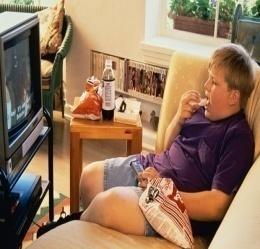
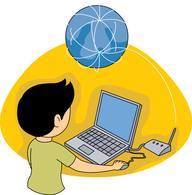

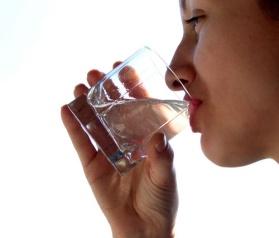
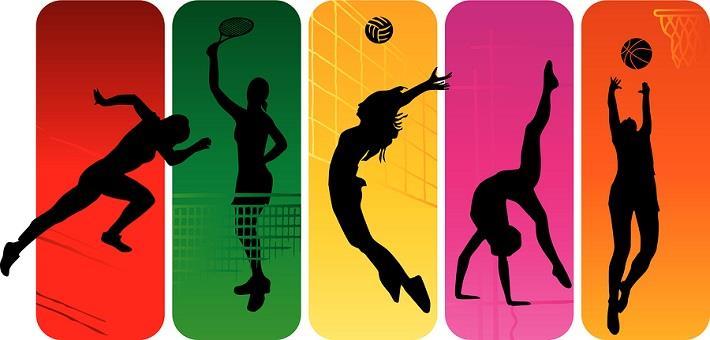
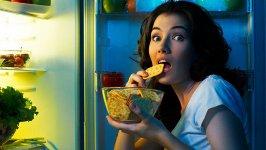
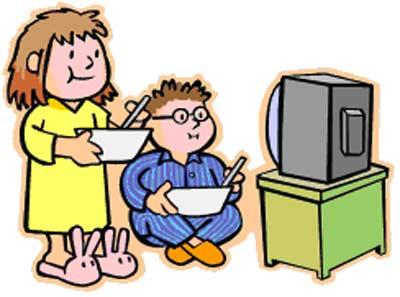
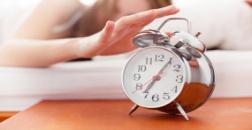
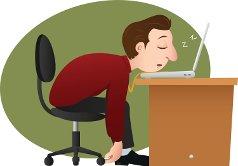
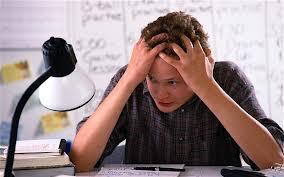
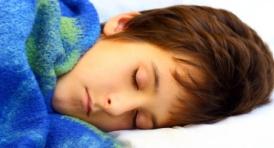
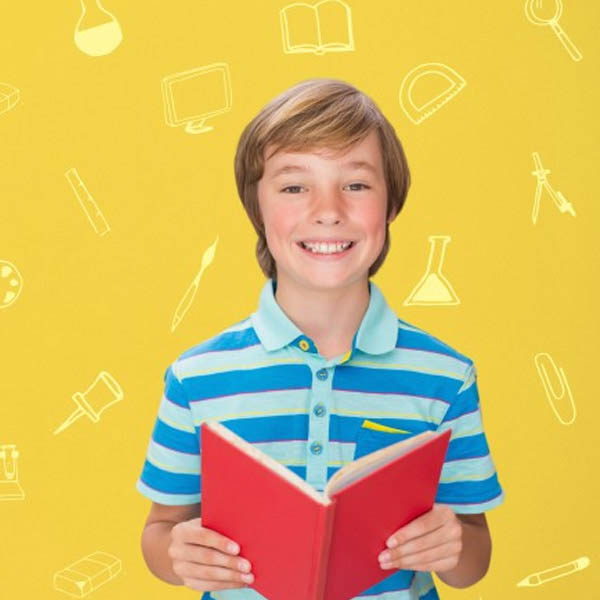
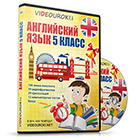
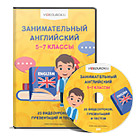
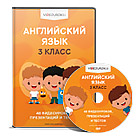
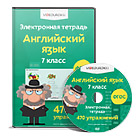
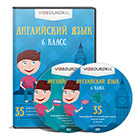
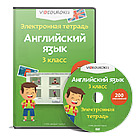
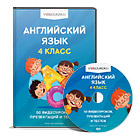
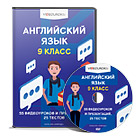
 Урок на тему: Healthy habits (291.39 KB)
Урок на тему: Healthy habits (291.39 KB)
 0
0 2478
2478 137
137 Нравится
0
Нравится
0


